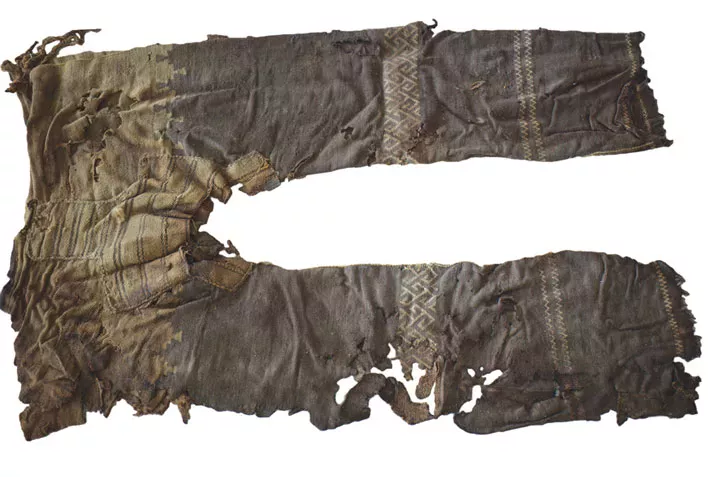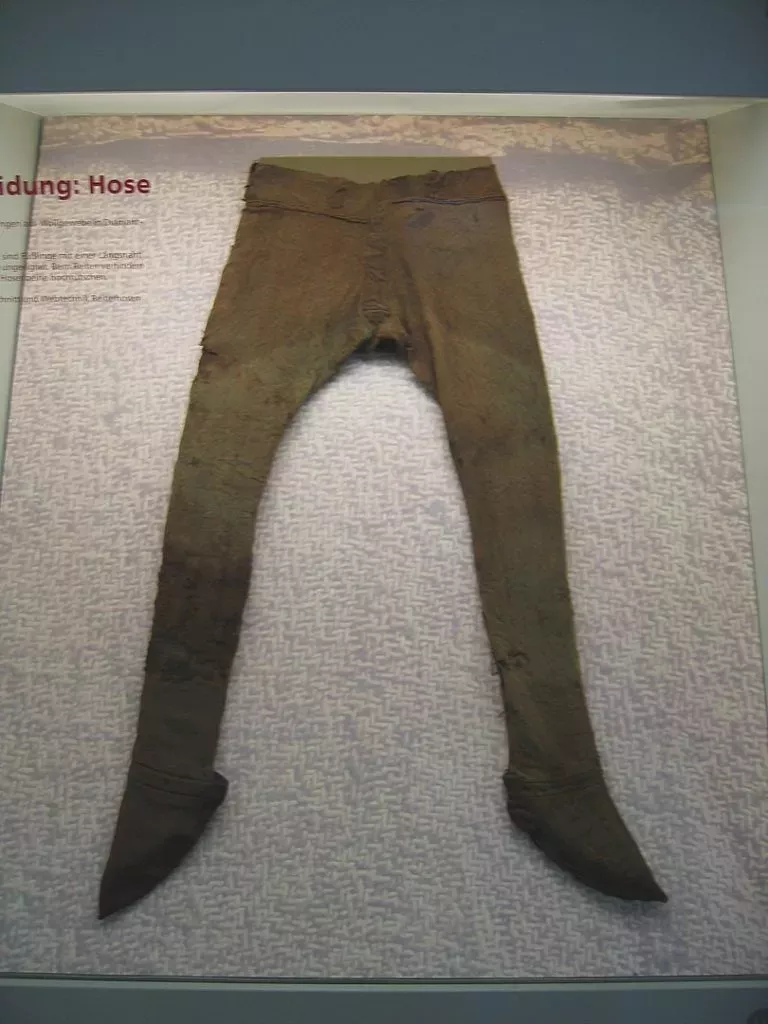Did Hungarians first bring pants to Europe?
Many Hungarians think that the different nomad people of the steppe introduced pants to the “educated” Europe. Some may even say that the Hungarians did so and taught West European countries to wear breeches. Or at least the Huns, regarded by many Hungarians as their ancestors in the Carpathian Basin. But where does the truth lie? Who did invent the pants? Helló Magyar answers all your questions on the issue.
First trousers discovered in China
Ferenc Kanyó, a journalist of the Hungarian news website, published a relevant article on 28 January. He argues that many Hungarians like to share social media posts or emails stating that the Hungarians introduced this garment to Europe. These materials claim that while Romans and Greeks wore togas and skirts, the Eastern nomadic people already sat on their horses sporting some kind of slacks.
The Hungarian Wikipedia reads that Hungarians introduced pants to West Europe, where people wore skirts. Csaba Hidán, an expert of the Institute for Hungarian Studies, publicly stated that the Scythians and the Huns brought pants first to Europe. Of course, what he says seems to follow logic. Mediterranean civilisations did not need more than underwear to sit on a horse because of the mild climate. However, northern peoples did so. Therefore, they must have invented this piece of clothing.
However, the truth is much more complicated.
To get to the bottom of it, we need to answer two questions.
- When did the first pants appear in Europe?
- Did Europeans really wear skirts before that, as the Hungarian Wikipedia states?
The first known pants were discovered in West China. Based on their radiocarbon dating, they were made between the 13th and 10th centuries BC. Experts said that their users were riders who usually died at the age of 40 and wore the pants as part of their uniform.
Romans did not like togas
It is likely that Europeans met people wearing slacks from two directions. First, Persians already wore it in the 6th century BC. The other direction might have been the Greek colonies and the Eurasian nomad people. Greeks regarded trouser-wearing inferior, and Romans did similarly first. However, when their empire grew bigger, conquering Northern areas, they discovered that wearing trousers in today’s France or England is quite handy.
They used two kinds of trousers.
Femoralia came from the Latin word “femur” (thigh). It refers to the fact that it covered its user’s thighs. A longer version of it was tibialia covering even the knees. The other type, the so-called “braccae”, was a wool cloth that came with a string. Trajan’s column depicting the conquer of Dacia (part of today’s Transylvania, Romania, 2nd century AD) shows many Roman soldiers wearing one.
As a result, we can clearly state that the Romans wore pants long before the arrival of the Huns (5th century AD). Romans did wear togas as well. However, it was a symbolic cloth worn on special/official events, instead of their everyday uniform. Moreover, even Romans did not like it. Meanwhile, the kilt was invented in the modern age.
Among the Romans, the tunic was the ordinary dress. For example, Germanic people wore it even after the fall of the Western Empire and Rome.

Germanic tunic. Photo: Wikipedia

Read alsoThis Hungarian beauty can become the world’s most beautiful – PHOTOS
Source: Helló Magyar
please make a donation here
Hot news
Yay or nay? – 6 odd Hungarian delicacies that make our skin crawl
Budapest tourism “exploded” this past weekend
Container transport in Budapest may stop: How will this affect Hungarian economy?
Minister: Hungary will protect its territory by every means possible
Orbán cabinet may double airspace fee: another ticket price increase?
Hungary expanding the list of prohibited designer drugs






1 Comment
I have often found that if one compares an entry in the Hungarian language wikipedia with that for the same thing in an English language version, they tell a very different story. So different in fact, that one wonders if one is reading about the same subject.